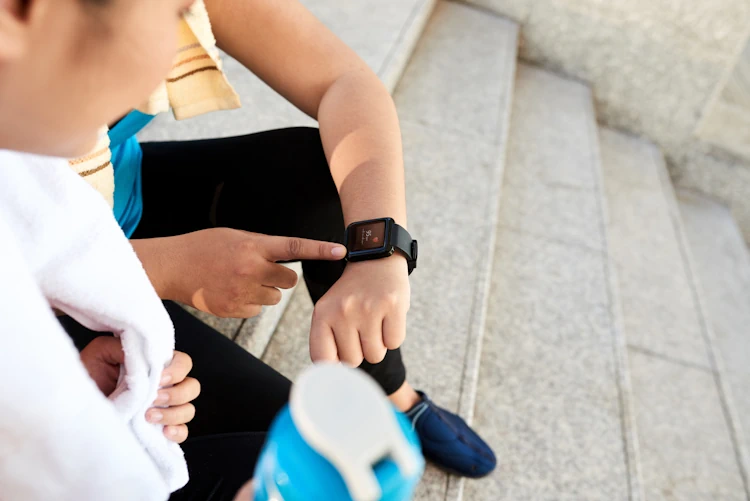Heart rate monitors have become essential tools for cyclists of all levels, providing valuable insights into training intensity, recovery, and overall cardiovascular health. While basic heart rate monitors offer real-time heart rate data, advanced models come with a range of features and capabilities that can enhance your cycling experience. Here’s a look at some advanced features and capabilities of heart rate monitor for cycling:
Heart Rate Zones and Training Targets
Advanced heart rate monitors allow you to set specific heart rate zones and training targets based on your fitness goals. These zones are often based on percentages of your maximum heart rate and can help you optimize your training intensity for endurance, strength, or recovery.
Heart Rate Variability (HRV) Monitoring
HRV is a measure of the variation in time intervals between heartbeats, which can provide insights into your overall cardiovascular health and recovery status. Some advanced heart rate monitors offer HRV monitoring, allowing you to track changes in your autonomic nervous system and adjust your training accordingly.
Activity Tracking and Workout Metrics
Many heart rate monitors come with built-in activity tracking features that allow you to monitor your cycling workouts and overall daily activity levels. These monitors can track metrics such as distance, speed, elevation, and calories burned, providing valuable data for analyzing and improving your performance.

Smartphone Connectivity and Apps
Some heart rate monitors can connect to your smartphone via Bluetooth or ANT+ and sync data with fitness apps. These apps often offer additional features, such as workout analysis, training plans, and social sharing, allowing you to track your progress and connect with other cyclists.
Integration with Cycling Computers and Smartwatches
Advanced heart rate monitors can also integrate with cycling computers and smartwatches, allowing you to view heart rate data directly on your device’s display. This integration provides a more convenient way to monitor your heart rate while cycling without having to check your smartphone.
Training Load and Recovery Metrics
Certain heart rate monitors offer advanced training load and recovery metrics that take into account factors such as training volume, intensity, and recovery time. These metrics can help you balance your training and recovery to optimize performance and prevent overtraining.
Frequently Asked Questions (FAQs)
- How accurate are heart rate monitors for cycling?
- Heart rate monitors are generally accurate for tracking heart rate during cycling, but accuracy can vary depending on factors such as skin contact, ambient temperature, and device placement. Chest strap monitors tend to be more accurate than wrist-based monitors.
- How do I determine my maximum heart rate?
- A common method for estimating maximum heart rate is to subtract your age from 220. However, this method is a general estimate, and individual variability exists. A more accurate method is to perform a maximum effort exercise test under the supervision of a healthcare professional.
- Can heart rate monitors be used for interval training?
- Yes, heart rate monitors can be useful for interval training, as they allow you to monitor your heart rate and adjust your effort level accordingly. Set heart rate zones for each interval, and aim to reach and maintain the target heart rate for the specified duration.
- Do heart rate monitors require a subscription or monthly fee?
- Most heart rate monitors do not require a subscription or monthly fee for basic functionality. However, some advanced features or access to premium services may require a subscription or additional purchase.
- Can heart rate monitors be used for other activities besides cycling?
- Yes, heart rate monitors can be used for various activities, such as running, swimming, and strength training. Many heart rate monitors come with multisport capabilities and can track heart rate during different activities.